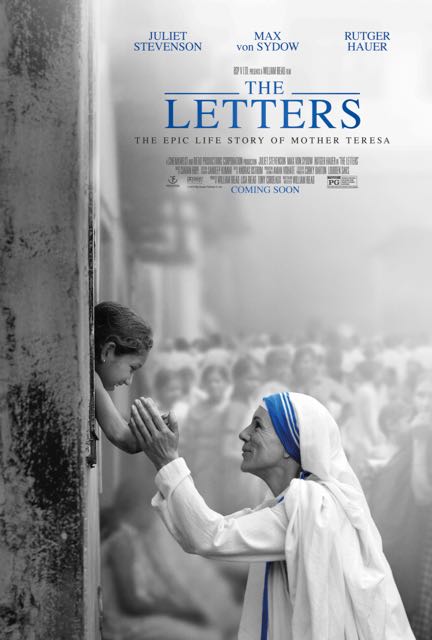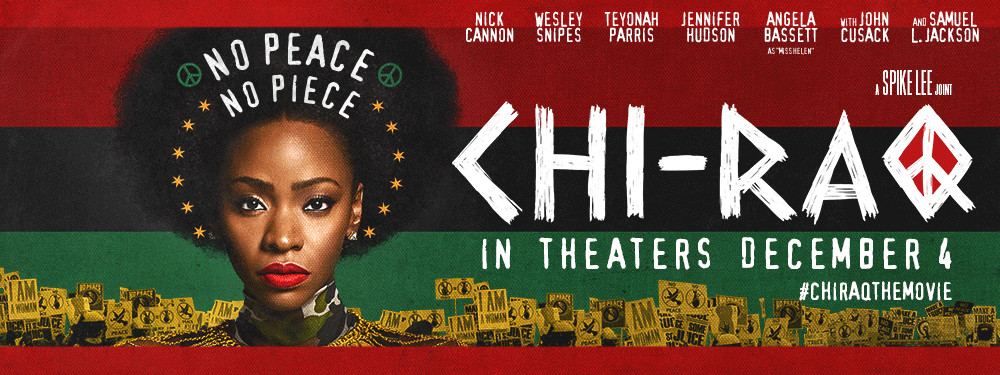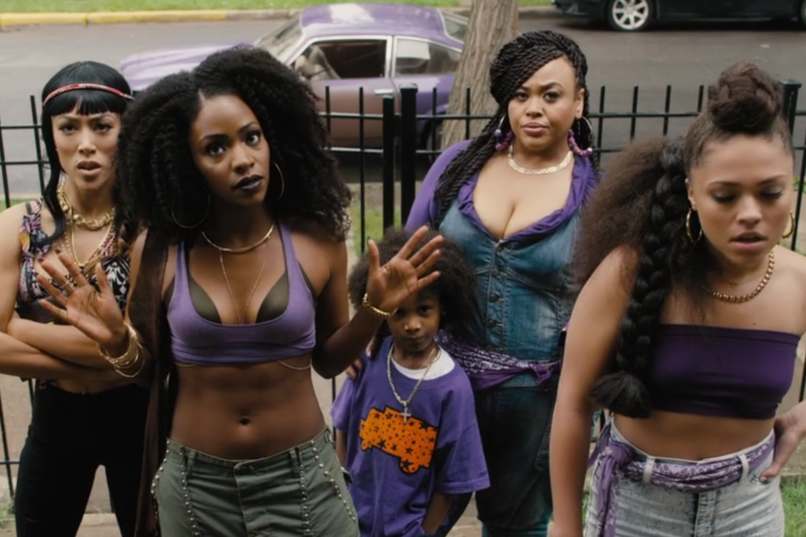The Letters
Posted on December 3, 2015 at 5:46 pm

Mother Teresa, the Albanian nun who devoted her life to “the poorest of the poor” in India, is one of the foremost figures of the 20th century, and on the way to being recognized as a saint by the Catholic Church. Some people are disturbed by discovering through her published letters that at times she felt doubts about herself, her work, and even about God. But it was that same resolute honesty that compelled her to follow her calling and it would be more disturbing if she never doubted or if she doubted and did not feel she could express it. Her accomplishments are even more impressive once we learn how fiercely she wrestled with God.
In “The Letters,” Juliet Stevenson plays Mother Teresa, from her early days as a nun to establishing her own order. At first, in the convent in India, she is teaching young girls in starched uniforms who sit quietly and are eager to learn. But she receives “a calling within a calling” and believes she has been called on by God to work with “the poorest of the poor.” Reconciling this determination with her vow of obedience and her dedication to humility is not easy. Persuading the people that she hopes to help that all she wants is to help them, not convert them, is not easy.
The tall actress Juliet Stevenson does a fine job as the tiny nun. Some people may object that the movie caters to those who are already believers. It does not question Mother Teresa’s greatness or her tactics and it elides over some of the controversies concerning the expansion of her operations and whether her faith-based approach was always best for the people she was helping. Some viewers will find the film slow, though for me that was one of its strengths. Writer/director Bill Riead makes sure that its quiet power is more like a prayer than a biographical portrait, a calling inside a calling inside a calling and one that its subject would find most suitable.
Parents should know that this movie’s themes concern work with the “poorest of the poor,” with extreme deprivation and illness.
Family discussion: What is the best way to help the “poorest of the poor?” Why did Mother Teresa want to help people who were not Catholic?
If you like this, try: “The Life Journey of Mother Teresa,” a documentary





